There are a lot of construction businesses out there. It’s an endless cycle, after all: as long as there are people, they need buildings to live in, work in, shop in, be entertained in…you get the point. But how do those buildings get built, and by whom? This is where construction bidding comes in.
Because there are so many construction vendors out there, it can be challenging to stand out from the competition. Especially when you start doing construction bidding. At the same time, bid contracts tend to be long-term, making them an important part of revenue.
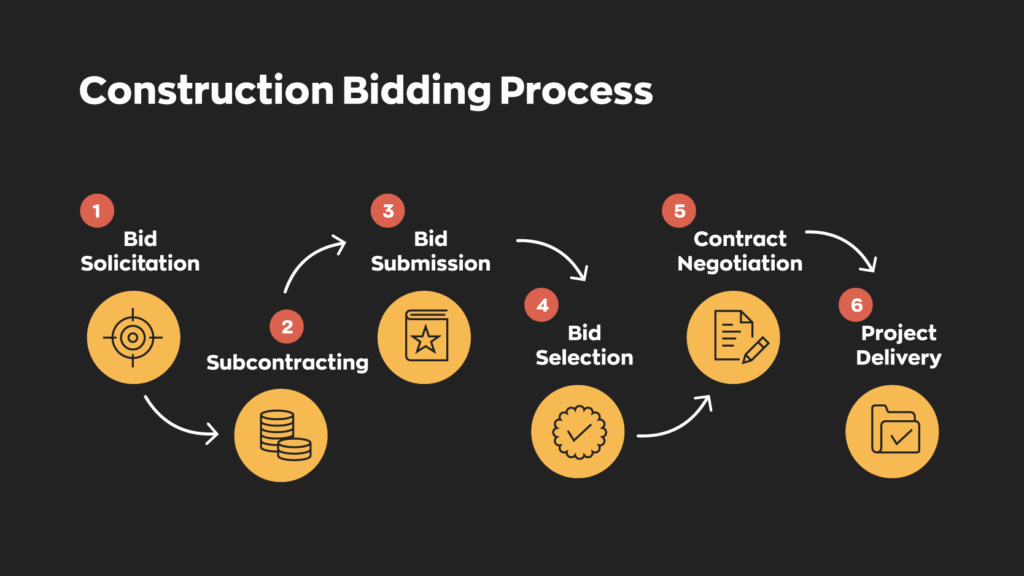
So: what is construction bidding? Why is it so important for contractors? Are there different types of bidding processes? What should your bidding process steps look like?
Keep reading to see the answers to all of these burning questions.
What is construction bidding?
Saying “construction bidding” (also called tendering or contractor bid) probably brings up memories of eBay. The basic idea is the same, but there are some differences. The biggest one? You’re trying to offer the lowest price, not the highest. Of course, that might raise some questions– we’ll explain more in just a moment.
In the construction bidding process, employers publicly provide details of the project they have in mind. From there, construction contractors estimate how much the project will cost, how long it will take, and the general process. They then send this information to the potential employer, who decides which vendor to work with.
Why is construction bidding important?
We already mentioned that there are a lot of construction companies out there. That means a few things. Most importantly, it means potential employers don’t have enough time to research every vendor that could potentially fit their needs. Publicizing the details and waiting for them to find you is much more efficient.
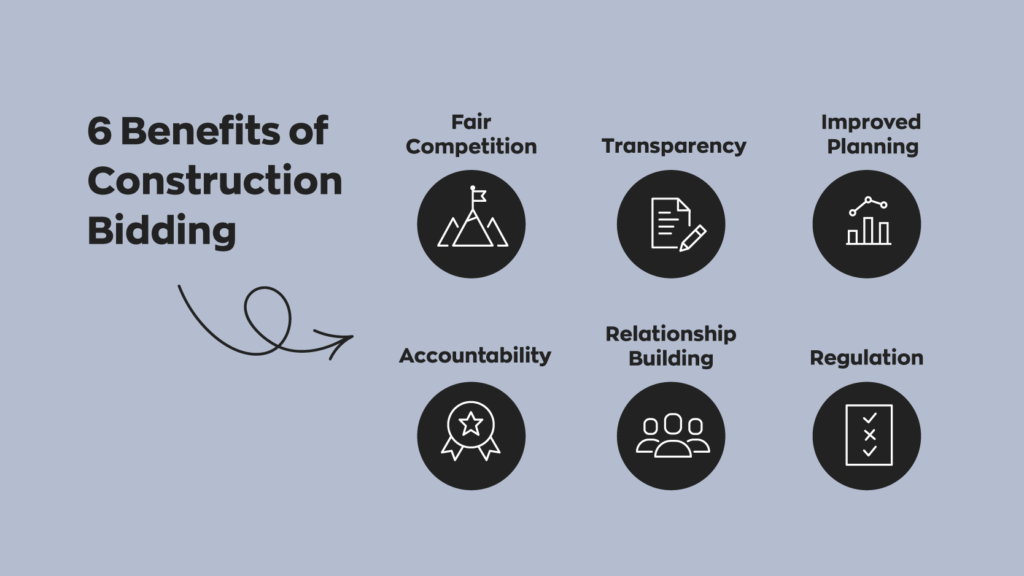
For contractors, these sorts of projects represent stability. Generally, employers will open long-term projects to bids– think five or even ten years instead of just one or two. In extreme examples, these contracts can be worth billions making them both stable and highly lucrative. While you’ll still move from project to project, having lucrative, long-term contracts helps keep things steady.
Are there different types of construction bidding?
Generally speaking, there are 7 different types of construction bidding. Keep in mind that the number and name of different bidding types may vary from industry to industry, so today, we’ll be focusing just on construction bids.
- Open tendering – is a type of construction bid that has clients upload the details publicly and invite any readers to apply for the project. After a set period of time, the client selects the applicant that best suits their needs.
- Single-stage selective – limits the number of pre-approved and pre-qualified contractors who receive invitations to apply. The criteria for invitations generally include experience, financial stability, and overall skill. The most suitable candidate is selected once all bids are in or after a set period of time.
- Two-stage selective – as the name suggests, has two distinct stages. Contractors submit their background and experience. Some will then receive an invitation to submit their bids according to the project outline.
- Selective tendering for design and builds – breaks things down into two distinct phases: designing and building. That is, the employer invites contractors to submit two different proposals; one for the design phase and one for the build phase.
- Negotiation tendering – is a more personal way of, well, negotiating. It also allows for more flexible contracts, making it useful for specialized projects that may require rapid adjustments. In negotiation tendering, the employer works with contractors to set agreeable terms.
- Joint ventures – involve the collaboration of two or more companies. Companies pool their resources and expertise in order to submit a joint bid. This is usually used for large-scale projects that involve multiple areas of expertise.
- Competitive bidding – is more of a blanket term. This refers to the many less rigorous instances where parties compete to win a contract.
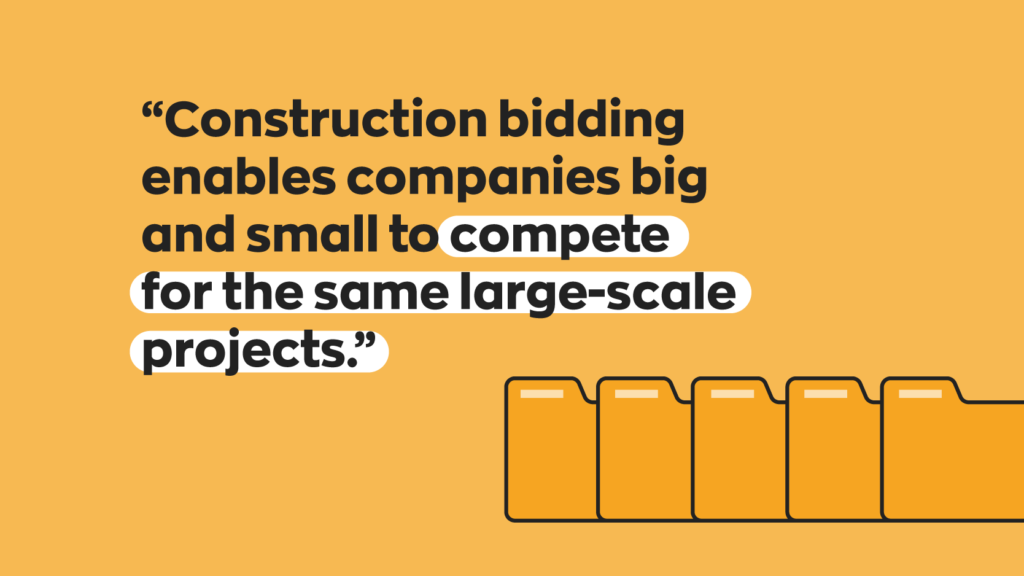
Tips and tricks
If you’re just starting to dip your toes into construction bidding, figuring out how to compete can be daunting. Here are some tips to help you start.
Know your value
Everyone wants to save money. With a contractor bid, it’s no different. But there is some truth to “you get what you pay for,” and offering cheap services will likely turn people away. Alternatively, you won’t get anywhere with excessively expensive proposals either, but there’s many instances where higher quality work is worth the extra cost.
Prepare reusable documents
While construction bidding usually involves a different job each time, the bidding process tends to be the same. It helps to have a pool of pre-prepared documents to pull from when juggling many different things simultaneously.
Make use of online platforms
There’s a lot of construction contractors available, but finding the right people for the job can be time-consuming. A lot of the time, employers will give their projects to accessible platforms. These platforms act as brokers, connecting clients with contractors they believe meet their requirements.
Don’t be a serial bidder
Manage your bidding carefully. While the stability they offer makes them important, bidding for a wide range of jobs will give the wrong impression. Go for projects you genuinely know are within your skillset and that you’re likely to win.
Know the difference between RFQs, RFIs, and RFPs
We previously covered this topic, so we won’t go into too much detail here. In brief, the key thing to understand is these terms are similar, but there are some differences. Understanding a client request is critical to provide the appropriate information and could be the deciding factor on whether or not you’re going to win those construction bids. So always be sure to submit the proper paperwork based on the client’s requests.
Manage your numbers carefully
Once you get started with construction bidding, there’s a lot of things to keep track of. Who is where and with what equipment and materials, multiple schedules and timelines, and so on. Two helpful figures to keep an eye on are the bid-hit ratio and the bill of quantities.
The bid-hit ratio is the number of construction bids you successfully win. It will vary from field to field, but for construction bidding, a 4:1 ratio is a positive indicator.
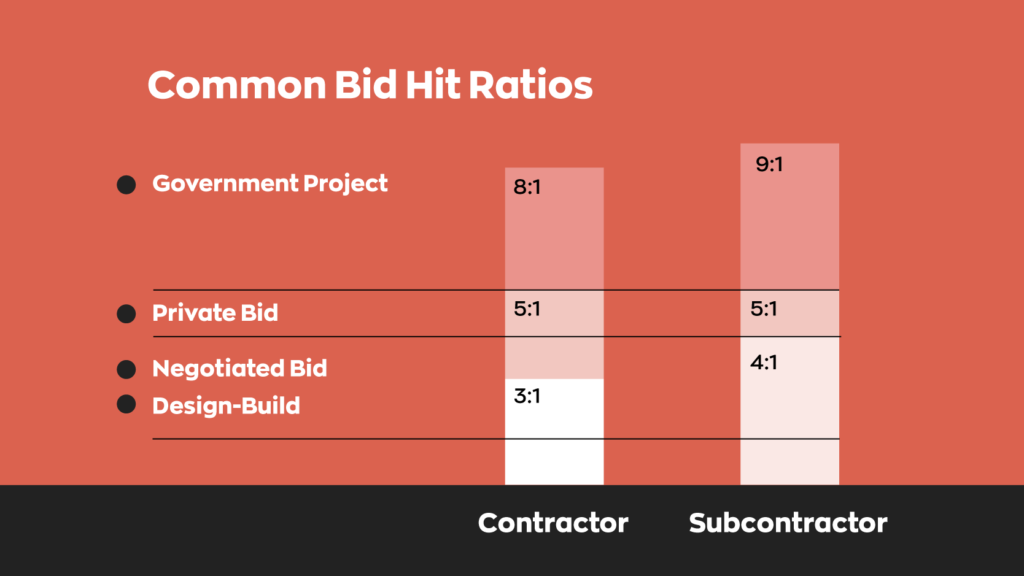
It’s also a good idea to keep a bill of quantities. This is a complete list of all materials and labor that went into the project. The bill of quantities helps settle the balance both during and after the project and helps create better proposals for future bids.
How can inFlow help you with your construction bidding?
Winning a contractor bid is only half the battle. The other half is making sure you can deliver on your promise. The last thing a construction company would want is to win a bid and then come in way over budget, which will dip into your profit margin.
That’s why so many companies use software solutions to help them with the process. While inFlow can’t directly help you win construction bids, we can certainly lend a hand and make your construction bids more accurate. Our field management software gives you a real-time look into your inventory levels and even allows you to set up reorder points, which means no more random stockouts. We also have a built-in barcode system that makes material usage and asset tracking a breeze.

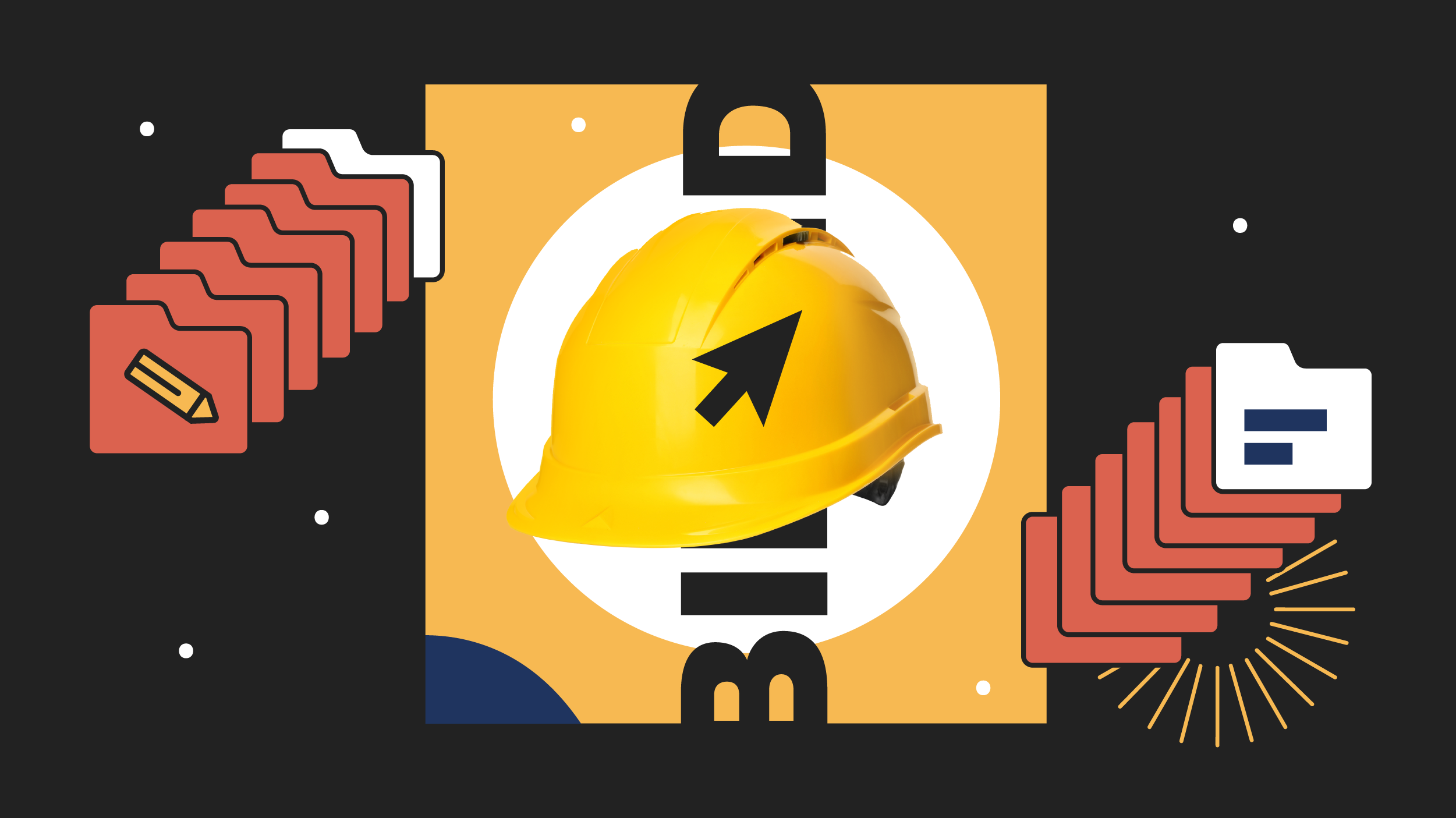



0 Comments